The plant is being sold through KRUDO Industrial, which specialises in industrial asset management. The sale was driven by the inability of WRA's outdated production technologies to adapt to the competitive conditions in today's market and high production costs. The liquidation process, which started in early 2024, was implemented as part of Alchemia's restructuring strategy.
WRA is known as a plant with an annual seamless pipe production capacity of 450 thousand tonnes. The plant's production portfolio includes a wide range of products such as structural pipes, boiler pipes, shipbuilding pipes and gas pipelines. However, the plant's revenue fell by 35 % to 183 million Polish zlotys in 2023. In addition to high production costs and outdated technology, the difficult economic conditions in the Polish steel market played an important role in this revenue decrease.
Poland is experiencing a contraction in steel production...
Poland's steel production experienced a general contraction in 2023. The country decreased its total steel production by 13.1% on the year to 6.44 million tonnes. This decrease was the result of global supply-demand imbalances in the steel sector and increasing energy costs. Although the total capacity of major steelmakers in the country stood at 9.69 million tonnes, the capacity utilisation rate decreased to 66.4% in 2023.
Poland's leading steel producers include giants such as ArcelorMittal, Celsa, Liberty and CMC. However, these plants were also affected by the fluctuations in global markets. The increase in energy costs forced producers to take cost-cutting steps to increase their competitiveness. Although ArcelorMittal's Dąbrowa Górnicza plant has an annual production capacity of 5 million tonnes, the contraction in production across Poland prevented this potential from being fully utilised.
Alchemia's divestment of the WRA plant can be seen not only as a company strategy but also as part of a broader trend of restructuring in the Polish steel sector. High energy costs, low demand and outdated production infrastructures are forcing many producers to take similar steps. In this context, industry players are investing in more efficient technologies and adapting to global competition.
This decrease in Poland's steel production also reflects the effects of the contraction in steel demand and high energy costs across Europe. In particular, fluctuations in energy costs and sustainable production demands are among the key factors that will determine the future direction of the industry.


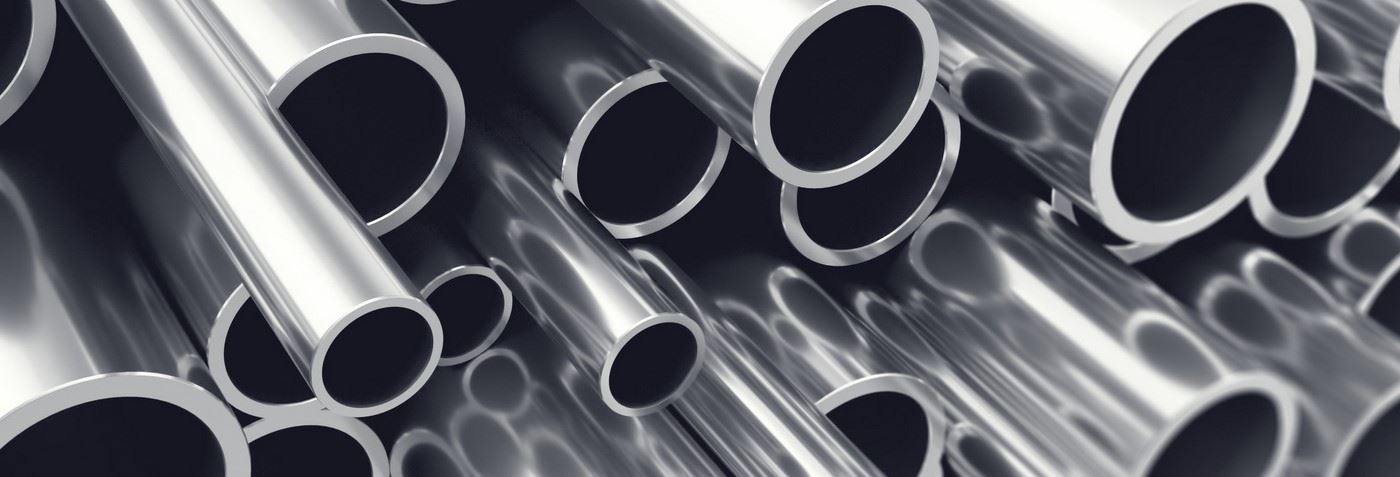

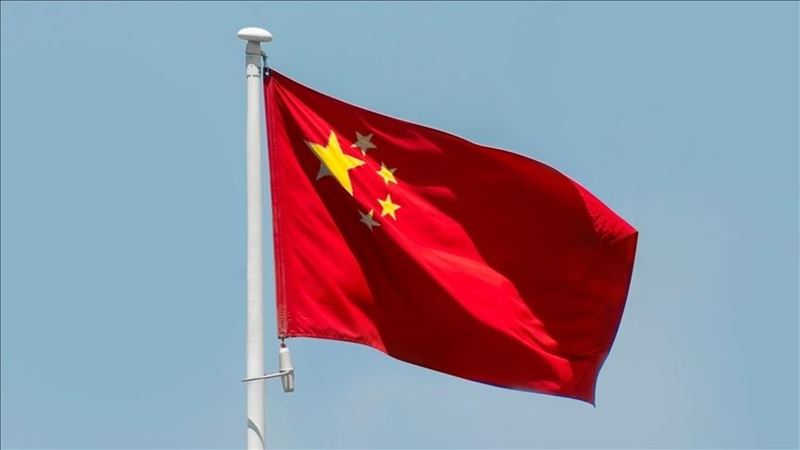
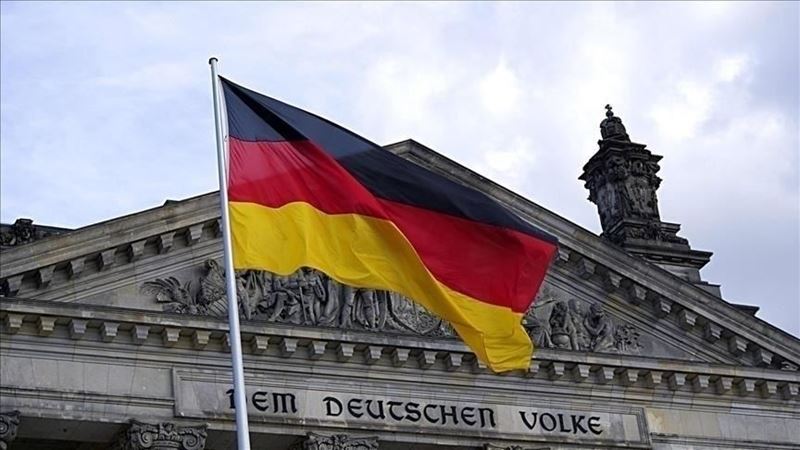
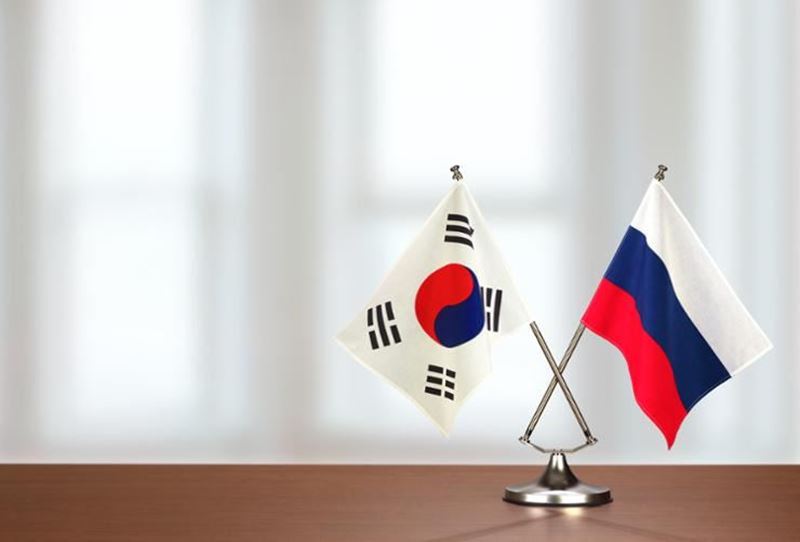
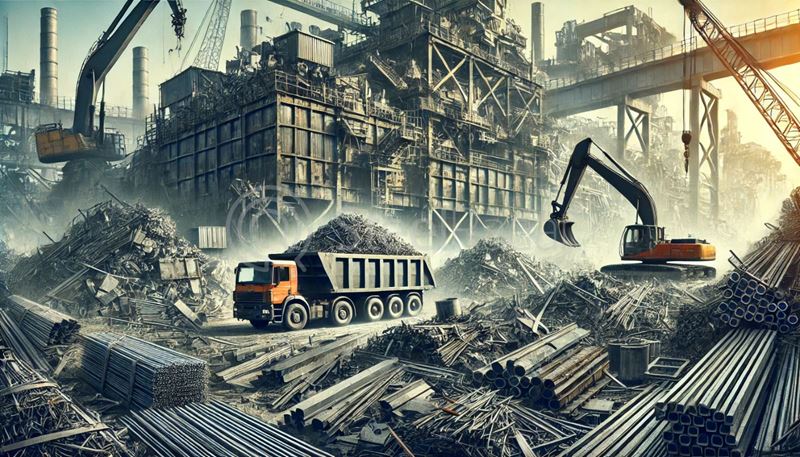

Comments
No comment yet.